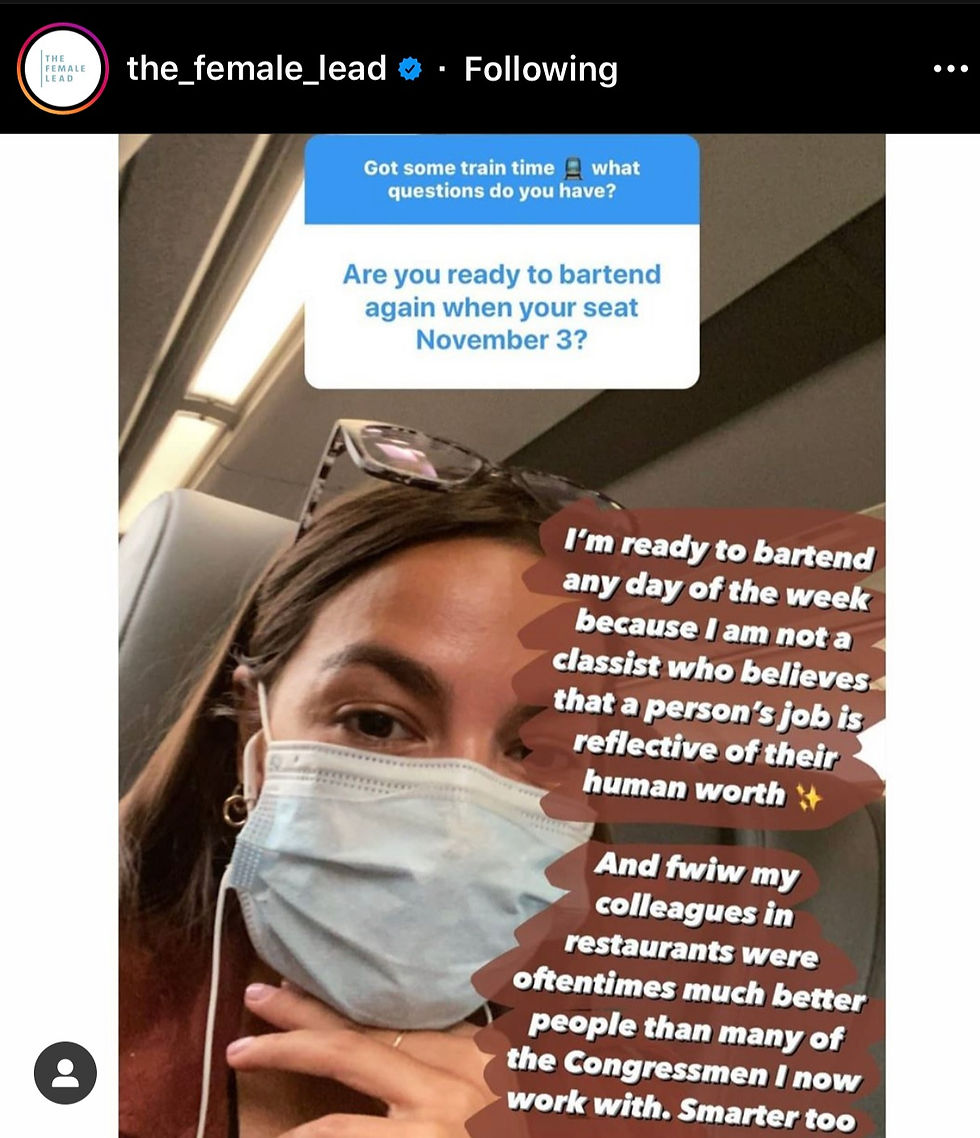5 Lessons I Learned Building a Customer Education Program
- Shira Moskowitz

- Jan 13, 2023
- 1 min read

Here are 5 of the lessons I learned while building Hopin's Customer Education program.
Build relationships early and often
Customer Education sits at the intersection of marketing, sales, customer success, customer support, and product. Companies often struggle with where to place an education team because we are so cross-functional. As such, it is essential to build relationships early and often.
With our marketing team, we were able to share adapted versions of our education content for them to use on social, which also enabled them to promote our content. Similarly, getting buy-in from the sales team ensured that prospects were aware of our education programs before they even became customers and gave sales reps an easy way to show prospects what the platform could do. Having an education program enabled our Customer Success Managers to focus on being strategic account partners instead of spending time showing customers where to click within our platform. It also ensured customers showed up prepared for meetings with implementation managers. Our education content gave our support reps a place to direct customers who needed more guidance. But the relationship wasn’t one sided. Our customer facing teams provided us with ongoing feedback and gave us a sense of what customers needed help learning. And of course, our relationship with the product team was vital to understanding new releases and keeping our content relevant.
Looking back, it is clear to me how vital these relationships were to the success of our program. Unfortunately, I naively underestimated them when we first launched Hopin Learn and spent a lot of time building these relationships retroactively. If I were to build a customer education program, I would spend far more time in the analysis phase (of ADDIE), meetings with CSMs, IMs, and AEs to better understand their needs and the resources they are already leveraging.
You have to start somewhere
Leverage existing resources
Feedback is a gift
Contextualize Data



Comments